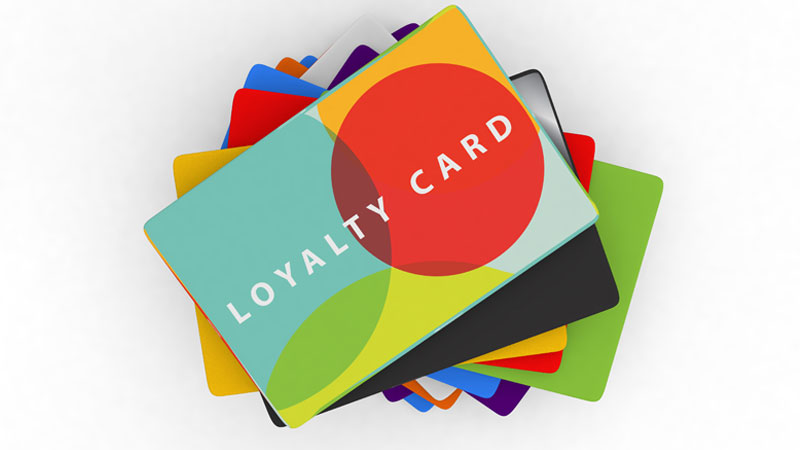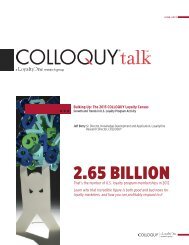

Truly understanding your customer means understanding their values and sense of worth. 4) Structure non-monetary programs around your customers’ values. Amazon’s mastered this for e-commerce, but this model also has the potential to work for B2B businesses that deliver products to businesses on a regular basis. For an upfront fee, your customers are relieved of inconveniences that could impede future purchases. This system is most applicable to businesses that thrive on frequent, repeat purchases. Below, we’ll take a look at Amazon, the e-commerce giant that’s found a way to combat this issue using a loyalty program with an upfront fee. This abandonment is often caused by “sticker shock” after tax and shipping prices have been applied. By identifying the factors that may cause customers to leave, you can customize a fee-based loyalty program to address those specific obstacles.Īccording to a 2015 study of 500 leading global brands, cart abandonment rates reached 75.6% across retail, travel, and fashion. Loyalty programs are meant to break down barriers between customers and your business … so are we seriously telling you to charge them a fee? In some circumstances, a one-time (or annual) fee that lets customers bypass common purchase barriers is actually quite beneficial for both business and customer. 3) Charge an upfront fee for VIP benefits. You may find tiered programs work better for high commitment, higher price-point businesses like airlines, hospitality businesses, or insurance companies. The biggest difference between the points system and the tiered system is that customers extract short-term versus long-term value from the loyalty program. This helps solve the problem of members forgetting about their points and never redeeming them because the time between purchase and gratification is too long. Present small rewards as a base offering for being a part of the program, and then encourage repeat customers by increasing the value of the rewards as the customer moves up the loyalty ladder. One way to combat this is to implement a tiered system which rewards initial loyalty and encourages more purchases. 2) Use a tier system to reward initial loyalty and encourage more purchases.įinding a balance between attainable and desirable rewards is a challenge for most companies designing loyalty programs. It works best for businesses that encourage frequent, short-term purchases, like Boloco.

If you opt for a points-based loyalty program, keep the conversions simple and intuitive.Īlthough a points system is perhaps the most common form of loyalty programs, it isn’t necessarily applicable to every business type. … that’s not rewarding, that’s a headache. “Fourteen points equals one dollar, and twenty dollars earns 50% off your next purchase in April!” Where many companies falter in this method, however, is making the relationship between points and tangible rewards complex and confusing. Whether it’s a discount, a freebie, or special customer treatment, customers work toward a certain amount of points to redeem their reward. Frequent customers earn points, which translate into some type of reward. This is the most common loyalty program methodology.

7 Customer Loyalty Program Ideas for Your Business 1) Use a simple point system.

To get you started, here are some ideas for customer loyalty programs that might work for your business. It’s time for marketers to look beyond convoluted rewards systems and offer actual value to customers using their loyalty program. So how do you keep your business out of that one-third segment? How do you convey enough additional value in your programs to keep your customers coming back? But is your loyalty program working?Īccording to the 2015 Colloquy Customer Loyalty Census, American households hold memberships in an average of 29 loyalty programs but are active (meaning earn or redeem at least one per year) in only 12 of them. Companies lose money on time and effort, and customers get no more value from the businesses to which they are “loyal.” And if you’re like 65% of marketers, your company has implemented a loyalty program. In light of statistics like these, businesses must think about what they are doing to keep their customers coming back to their business. Did you know it costs a business about 5-10X more to acquire a new customer than it does to sell to an existing one? Not only that but on average, current customers spend 67% more than new customers.


 0 kommentar(er)
0 kommentar(er)
